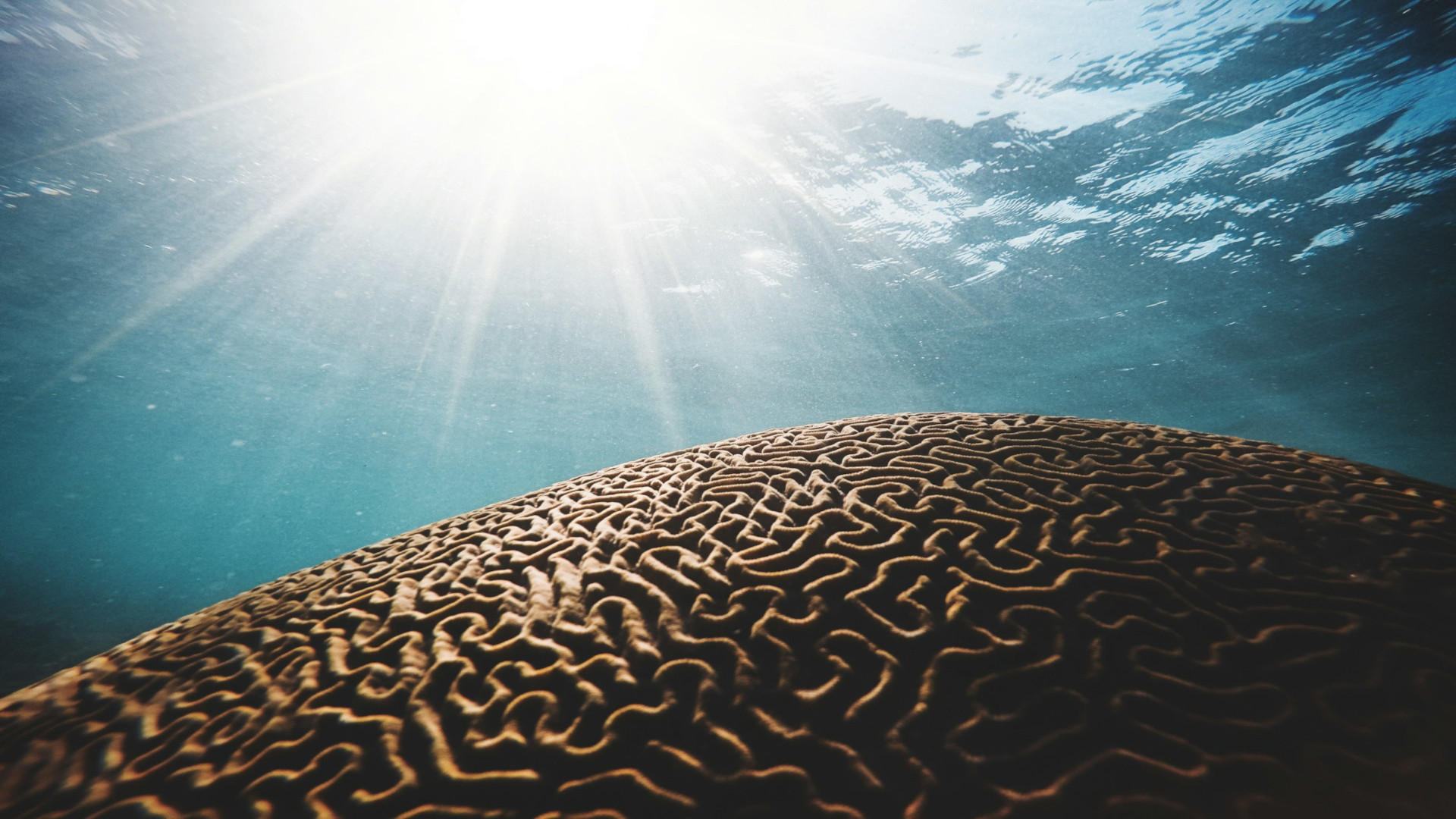
The brain
Animal brains are divided into two hemispheres with limited communication between them. This remarkable structure must have had an early evolutionary advantage.
The brain has two ways of processing the world. The left brain comes to rapid conclusions and is good at formulating set goals. It sees distinct objects and the borders between them. It has access to verbal language. The right brain perceives a field of sensations in which everything is interconnected. It has little access to verbal language.
Brain researcher Jill Bolte Taylor studied her own stroke as it happened. Everything changed as the blood clot switched her left brain on and off.
Psychiatrist Iain McGilchrist has hypothesised that every animal has to do two things in order to survive - find food and avoid being eaten. The left brain spots and highlights food. The right brain scans the wider environment for all kinds of information. Communication between the hemispheres may be restricted so that the left brain is not overwhelmed and can get on with its job.
The left brain divides the world into discreet items. It sees patterns even to the extent of jumping to conclusions and making things up. It has no understanding of its own limitations and uses its access to speech to assert its perspective. Gilchrist’s research suggests that the right hemisphere is actually wiser than the left. Our visual/verbal communication methods (computers and the internet) suit the left brain and western culture is being shaped by its influence. In his view the balance is wrong, and the ‘servant’ has taken over from the ‘master’. What is excluded is the wisdom that we are interconnected with everything on the planet.
One of the ways of distinguishing between the left and the right hemisphere is that the right hemisphere is better at contacting the real presence that is there, whereas the left hemisphere re-presents, which already means it's no longer present but after the fact, a version of it, a scheme of it, which is necessarily diminished. Now a map relates to the world and is useful because it doesn't have very much information in it compared with the reality it maps. It has only a thousandth of the information. It wouldn't be a better map if it had more information. But the huge mistake is when you say, 'This map, that's the reality', and then we start thinking we're living really in this map. And I believe that's where we are now.
- Iain McGilchrist, author of The Master and His Emissary
How is this useful for therapy? Our brain gives us two ways of understanding the world. Gilchrist’s theory suggests we seek a balance and have more respect for non-verbal ways of knowing the world.